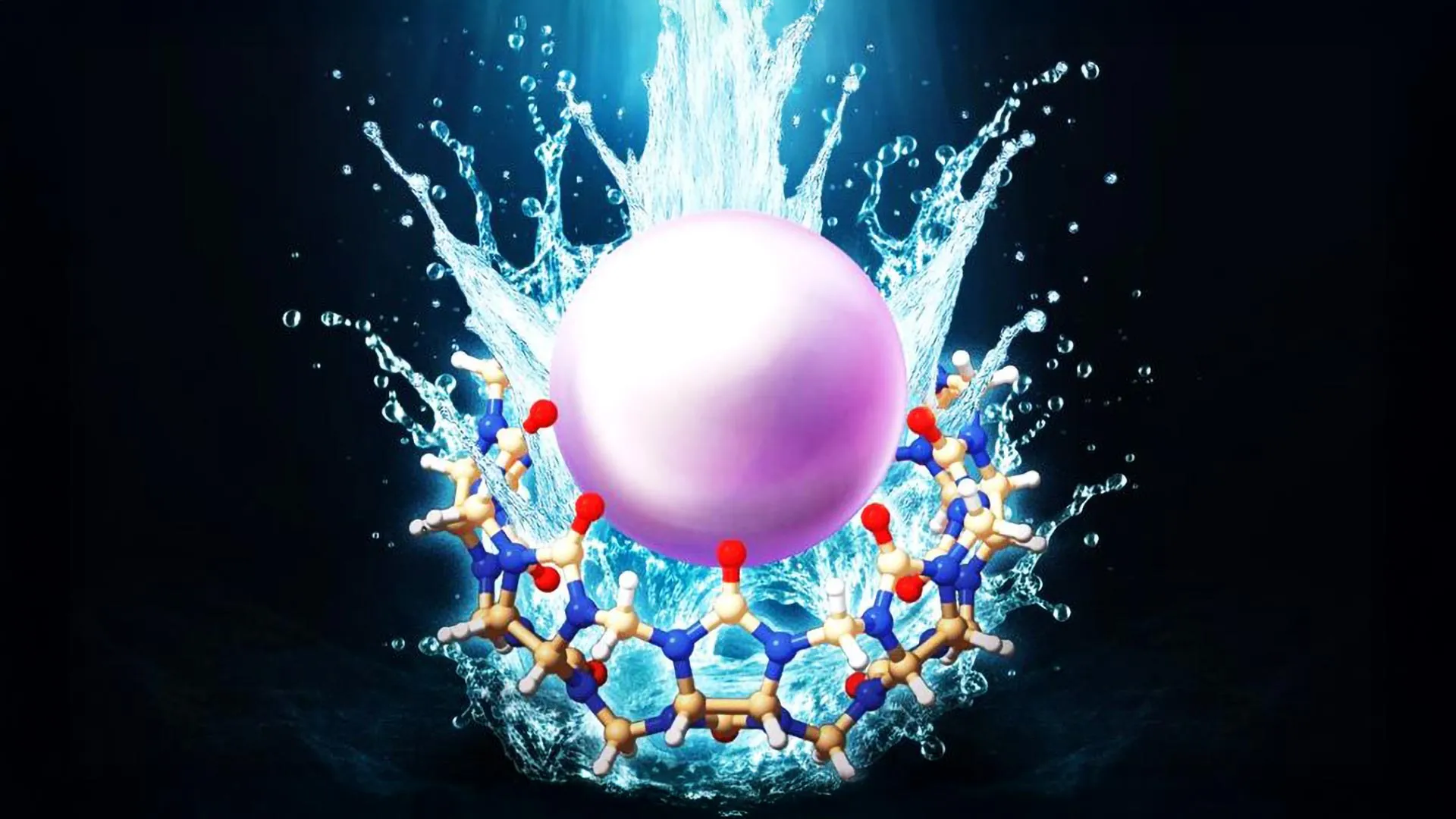Scientists from the University of Tokyo and their collaborators have created a new approach to forming artificial diamonds that offers surprising advantages. By carefully preparing carbon-based samples and then exposing them to an electron beam, the researchers discovered that their process not only converts the material into diamond but also protects delicate organic substances from beam damage. This advance could pave the way for improved imaging and analysis methods in materials science and biology.
Traditionally, diamond production involves converting carbon at enormous pressures and temperatures, where the diamond form is stable, or by using chemical vapor deposition, where it is not. Professor Eiichi Nakamura and his team at the University of Tokyo’s Department of Chemistry pursued a different path. They tested a low-pressure technique using controlled electron irradiation on a molecule known as adamantane (C10H16).
Adamantane has a carbon framework that mirrors diamond’s tetrahedral structure, making it an appealing starting material for forming nanodiamonds. However, to transform adamantane into diamond, scientists must precisely remove hydrogen atoms (C-H bonds) and replace them with carbon-carbon (C-C) links, arranging the atoms into a three-dimensional diamond lattice. Although this reaction pathway was known in theory, Nakamura explained that “The real problem was that no one thought it feasible.”
Watching Diamond Formation in Real Time
Earlier work using mass spectrometry indicated that single-electron ionization could help break C-H bonds, but that method could only infer structures in the gas phase and could not isolate solid products. To overcome this limitation, Nakamura’s group turned to transmission electron microscopy (TEM), a tool that can image materials at atomic resolution. They exposed tiny adamantane crystals to electron beams of 80-200 kiloelectron volts at temperatures between 100-296 kelvins in a vacuum for several seconds.
This setup allowed the team to directly observe the process of nanodiamond formation. In addition to demonstrating how electron irradiation drives polymerization and restructuring, the experiment revealed TEM’s potential for studying controlled reactions in other organic molecules as well.
For Nakamura, who has spent decades in synthetic and computational chemistry, this project represented the culmination of a long-standing goal. “Computational data gives you ‘virtual’ reaction paths, but I wanted to see it with my eyes,” he said. Many believed that electron beams would destroy organic molecules, but Nakamura’s persistence since 2004 has shown that, under the right conditions, they can instead trigger stable, predictable reactions.
Building Nanodiamonds Under the Beam
Under extended exposure, the process produced nearly perfect nanodiamonds with a cubic crystal structure and diameters up to 10 nanometers, along with the release of hydrogen gas. TEM imaging revealed how chains of adamantane molecules gradually transformed into spherical nanodiamonds, with the reaction rate controlled by the breaking of C-H bonds. Other hydrocarbons failed to produce the same result, underscoring adamantane’s unique suitability for diamond growth.
The discovery opens up fresh possibilities for manipulating chemical reactions in fields such as electron lithography, surface science, and microscopy. The researchers also suggest that similar high-energy irradiation processes may explain how diamonds form naturally in meteorites or uranium-rich rocks. Beyond this, the method could support the fabrication of doped quantum dots, key components for quantum computing and advanced sensors.
A Dream Two Decades in the Making
Reflecting on the breakthrough, Nakamura described it as the realization of a 20-year vision. “This example of diamond synthesis is the ultimate demonstration that electrons do not destroy organic molecules but let them undergo well-defined chemical reactions, if we install suitable properties in molecules to be irradiated,” he said. His achievement may permanently reshape how scientists use electron beams, offering a clearer window into the chemical transformations that take place under irradiation.







